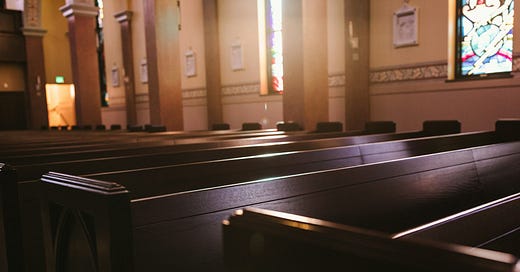At the end of April, the Archdiocese of Baltimore announced that it was closing nearly two thirds of the parishes in the City of Baltimore and surrounding areas. The city’s 61 parishes will be reduced to 23, with seven additional “worship sites” not associated with traditional parishes to be established, as well. Archbishop William Lori justified this dramatic move by pointing to the equally drastic drop in weekly Mass attendance—while in the 1940s around 250,000 Catholics attended Mass in Baltimore each Sunday, today the archdiocese estimates that weekly attendance is about 8,000 people.
Baltimore is only the latest diocese to undergo the painful process of closing, merging, or “clustering” parishes, selling off church buildings and other properties, and addressing the concerns of parishioners upset by the closure of parish communities that have long been their spiritual home. In 2004, the Archdiocese of Boston was among the first to undergo this process on a large scale, announcing the closures of 65 parishes, or nearly one fifth of the archdiocese’s churches. In some cases, the closing of parishes is linked to diocesan bankruptcy or other financial difficulties resulting from the sexual abuse crisis, as is the case in the restructuring announced by the Diocese of Buffalo, New York in May. In the case of Baltimore, however, the closures are primarily a response to demographics.
Baltimore’s restructuring is also notable because of the widespread consultation with the faithful that took place as the plan was being developed. The archdiocese’s web site explains that this consultation process involved archdiocesan staff visiting each parish in the city, and later holding workshops and focus groups at which the faithful could share their thoughts on the process. The archdiocese described the planning process as an exercise in synodality, and in fact it overlapped with the synodal process that was taking place throughout the Church worldwide in 2022 and 2023. The Archdiocese of Cincinnati has also attempted to plan for parish restructuring using a synodal approach. Although this is definitely a positive development, as some noted at the time, when dioceses treated parish or diocesan listening sessions held as part of the synodal process as opportunities for gathering feedback on parish closings, it sometimes tended to stifle conversations on other important topics or to create an adversarial atmosphere.
Keep reading with a 7-day free trial
Subscribe to Window Light to keep reading this post and get 7 days of free access to the full post archives.




